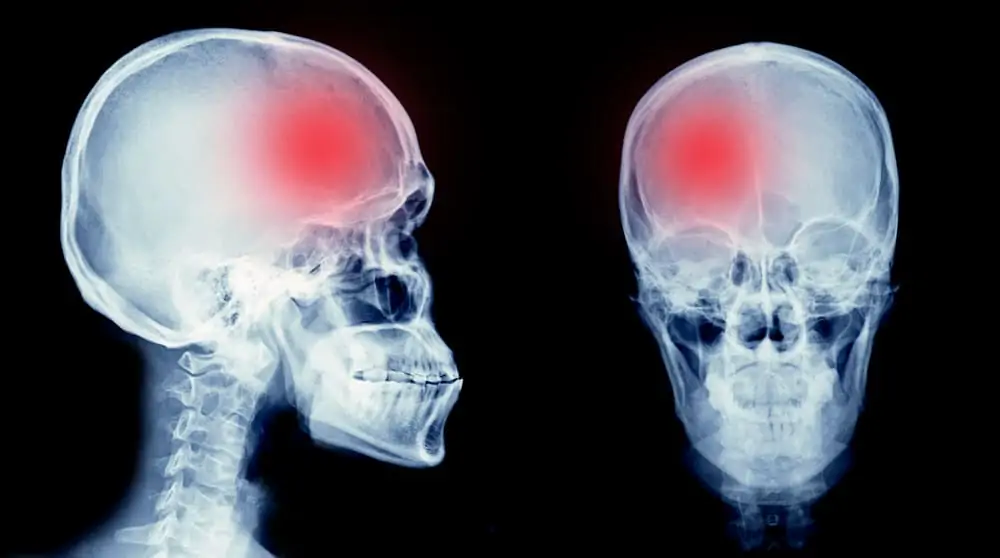
It is estimated that approximately 1.12 million people sustain a mild traumatic brain injury in the United States each year and this number is likely an underestimate. There is no uniformly accepted definition of mild traumatic brain injury, however, three commonly cited definitions of mTBI have been developed by the Mild Traumatic Brain Injury Committee of the Head Injury Interdisciplinary Special Interest Group of the American Congress of Rehabilitation Medicine (ACRM), the Center for Disease Control (CDC) and the World Health Organization (WHO).
The ACRM definition developed in 1993 is:
____________________________________________________________________________
A traumatically induced physiological disruption of brain function as manifested by at least one of the following:
1. Any loss of consciousness;
2. Any loss of memory for events immediately before or after the accident;
3. Any alteration in mental state at the time of the accident (e.g. feeling dazed, disoriented, or confused) and
4. Focal neurological deficit(s) that may or may not be transient
But where the severity of the injury does not exceed the following:
- Loss of consciousness of approximately 30 minutes or less
- After 30 minutes, an initial Glasgow Coma Scale(GCS) of 13-15 and
- Post-traumatic amenesia (PTA) not greater than 24 hours.
____________________________________________________________________________
The WHO definition is:
MTBI is an acute brain injury resulting from mechanical energy to the head from external physical forces. Operational criteria for clinical identification include: (1) 1 or more of the following: confusion or disorientation, loss of consciousness for 30 minutes or less, post-traumatic amnesia for less than 24 hours, and/or other transient neurological abnormalities such as focal signs, seizure, and intracranial lesion not requiring surgery; (2) Glascow Coma Scale score or 13-15 after 30 minutes post-injury or later upon presentation for healthcare. These manifestations of MTBI must not be due to drugs, alcohol, medications, caused by other injuries or treatment for other injuries (e.g. systemic injuries, facial injuries or intubation), caused by other problems (e.g. psychological trauma, language barrier or coexisting medical conditions) or caused by penetrating craniocerebral injury
____________________________________________________________________________
The CDC definition is:
The conceptual definition of MTBI is an injury to the head as a result of blunt trauma or acceleration or deceleration forces that result in one or more of the conditions listed below:
Any period of observed or self-reported:
- Transient confusion, disorientation, or impaired consciousness
- Dysfunction of memory around the time of injury
- Loss of consciousness lasting less than 30 minutes
- Observed signs of neurological or neuropsychological dysfunction, such as:
- Seizures acutely following injury to the head
- Among infants and very young children: irritability, lethargy, or vomiting following head injury
- Symptoms among older children and adults such as headache, dizziness, irritability, fatigue or poor concentration, when identified soon after injury, can be used to support the diagnosis of mild TBI, but cannot be used to make a diagnosis in the absence of loss of consciousness or altered consciousness. Research may provide additional guidance in this area.
More severe brain injuries were excluded from the definition of MTBI and include one or more of the following conditions attributable to the injury:
- Loss of consciousness lasting longer than 30 minutes;
- Post-traumatic amnesia lasting longer than 24 hours;
- Penetrating craniocerebral injury
